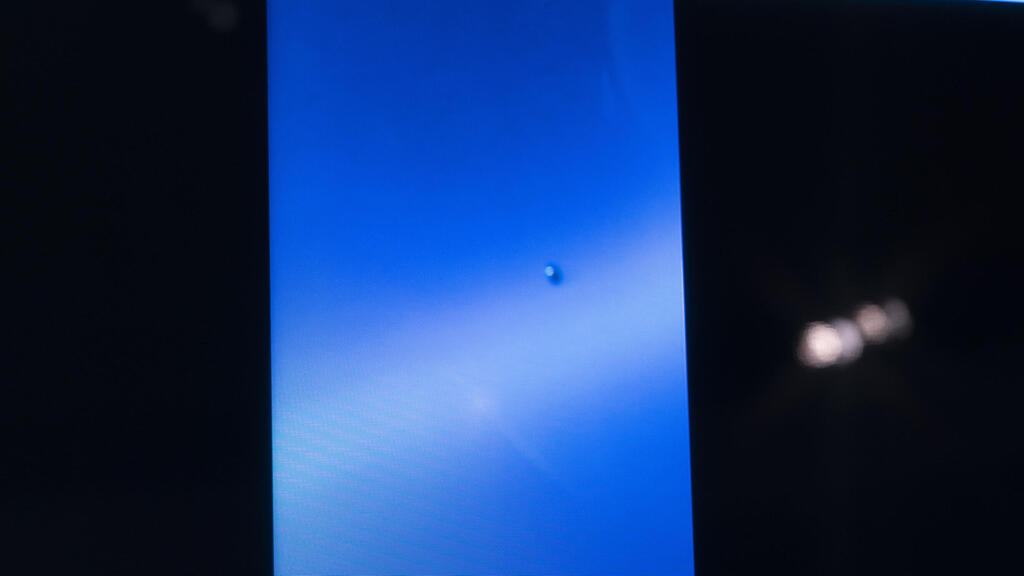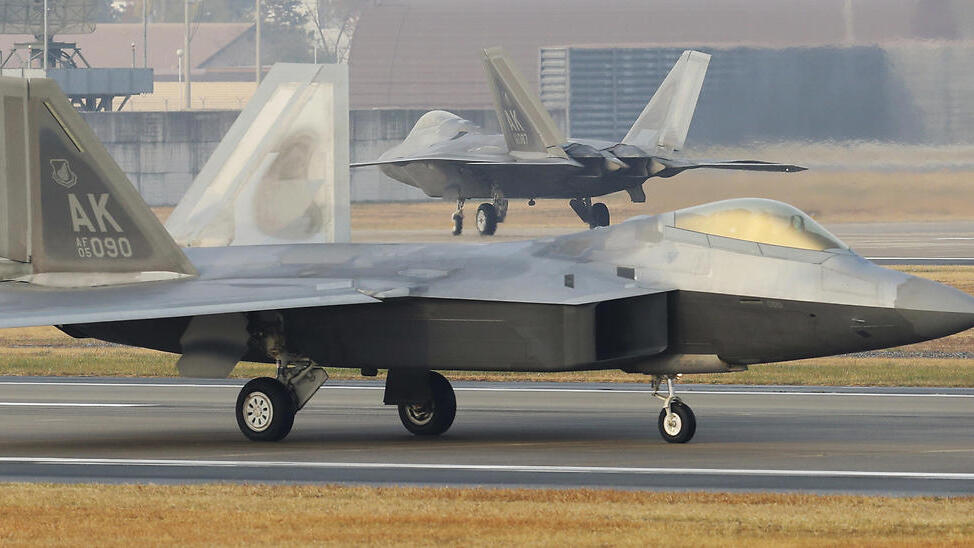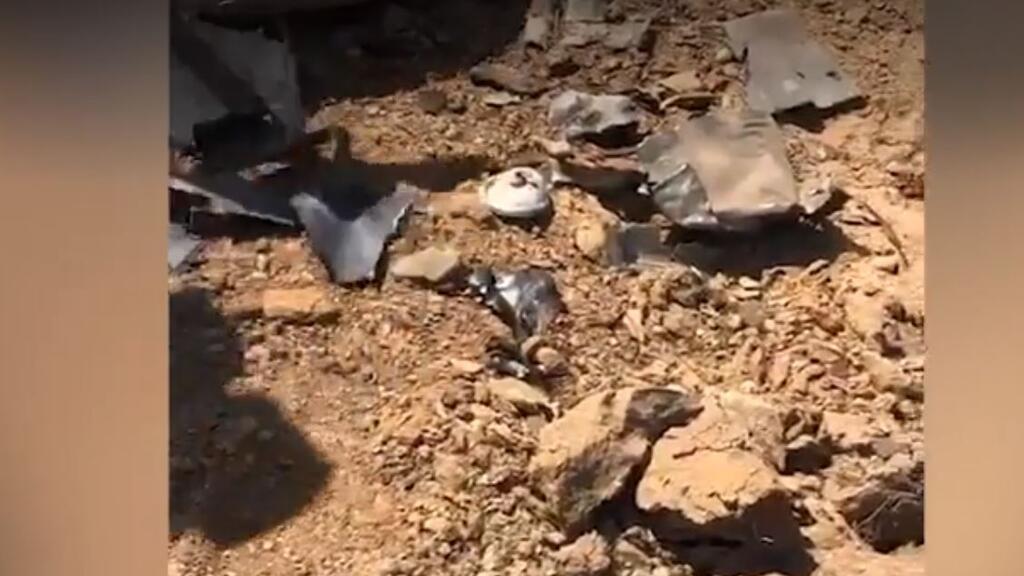The mysterious unidentified objects that were shot down over North American airspace in recent days do not pose a threat to Israel but are nevertheless “intriguing” and warrant further examination, Israeli defense technology experts have said.
Two unidentified cylindrical objects were shot down by U.S. fighter jets, one over northern Canada on Saturday and one over Alaska a day earlier.
These recent downings come on the heels of a Chinese surveillance balloon that was shot down by US F-22s over the Atlantic Ocean earlier this month.
Although U.S. officials have not stated that the three incidents were connected, national security officials remain on high alert. For example, the airspace over Montana was briefly closed on Saturday evening due to a radar anomaly which then was cleared.
Few details have been publicly revealed about the mysterious oval-shaped flying objects. The White House said that they were taken down “out of an abundance of caution” and recovery crews were working to collect their debris, according to the U.S. Northern Command.
Despite the mysterious circumstances surrounding the UFOs, Israeli defense tech experts believe that Israel would be able to defend itself against any similar airspace incursions.
“Israel has a very effective, multi-layered aerial defense system and we’ve already demonstrated our capability of detecting even close-to-stealth UAVs that Iran operated from Syria,” said Tal Inbar, a senior research fellow at the Missile Defense Advocacy Alliance (MDAA). “It could happen perhaps even in our airspace,” he acknowledged.
Israel having a much smaller territory than the U.S. makes things significantly easier from an aerial defense perspective, he added.
The MDAA is a U.S.-based non-profit organization that advocates for the development and deployment of missile defense for the United States and its allies.
“I’m intrigued because I don’t know what those vehicles are,” Inbar said. “For sure there are some phenomena that we do not fully understand. I think that they are terrestrial.”
Professor Chuck Freilich, a former Israeli deputy national security adviser, said that Israel does not usually allow any foreign object to fly over its airspace. In fact, he adds, “it is very heavily defended. I do not think that anything could get in.”
“I presume it would be shot down, but not because it is Chinese, (rather) just because we have always been very careful about that Israeli space,” he continued. Israel’s airspace is closed to everything because of all the other security threats that the country faces, Freilich notes.
He says that the proliferation of such flying objects may be a source of concern for Israeli security bodies as there has been rising concern in recent years about Chinese espionage in Israel.
Others in the defense arena agree that there is no reason for Israel to be concerned.
Dr. Liran Antebi, senior researcher at Tel Aviv University’s Institute for National Security Studies (INSS), said that the U.S., which waited several days before taking out the Chinese spy balloon, was not lacking the capability to shoot it down, but waited for the balloon – which was estimated to be the size of three buses – to reach the ocean in order to avoid harming any civilians.
“It was the responsible decision,” said Antebi, who also heads the INSS’s Advanced Technologies and National Security program.
Col. (res.) Uri Halperin, CEO at ISTEC, an Israeli cybersecurity company, and former personal intelligence assistant to the Israeli prime minister, said he believes that the reason the U.S. waited to down the balloon might have had something to do with intelligence collection devices that it carried. “It is possible that the Americans had an interest in following the balloon before the interception and because of this, they delayed shooting it down,” he said.
In any case, he added, “During the discovery and tracking of the balloon, there was room to activate electronic systems that would allow a deeper understanding of the sensors it activates.”
Antebi said that there currently exist many ways to down UAVs such as the Chinese spy balloon, including fighter jets and helicopters.
5 View gallery


A map of China is seen through a magnifying glass on a computer screen showing binary digit, illustration
(Photo: Reuters)
Balloons “are not difficult to see and don’t move fast,” she said. “It’s not the most complex technology and Israel’s enemies have more developed technologies. If something like that happens here we have many different ways of shooting it down.”
Nevertheless, owing to their increasingly advanced capabilities, Antebi warned that UAVs pose a growing challenge to the international defense arena. “Many of them can be controlled remotely and from long distances, and it’s not always clear who is controlling them and why,” she explained.
Halperin stresses that the Chinese spy balloon was a particularly unusual event, arguing that today’s efficient and modern intelligence-gathering is based on satellites. But he adds that it is possible that a balloon was needed for the specific goal that the Chinese wanted to achieve. “The Chinese may have tried to obtain SIGINT [signals intelligence – intelligence collected from electronic signals and systems] information that is not possible from the operation of satellites,” he said.
Jerusalem probably will learn from this event, Halperin adds. “Israel learns from every event, I believe that it will draw lessons from this incident as well, especially in view of the impact it has on its national security,” he concluded.
The story is written by Maya Margit and reprinted with permission from The Media Line





